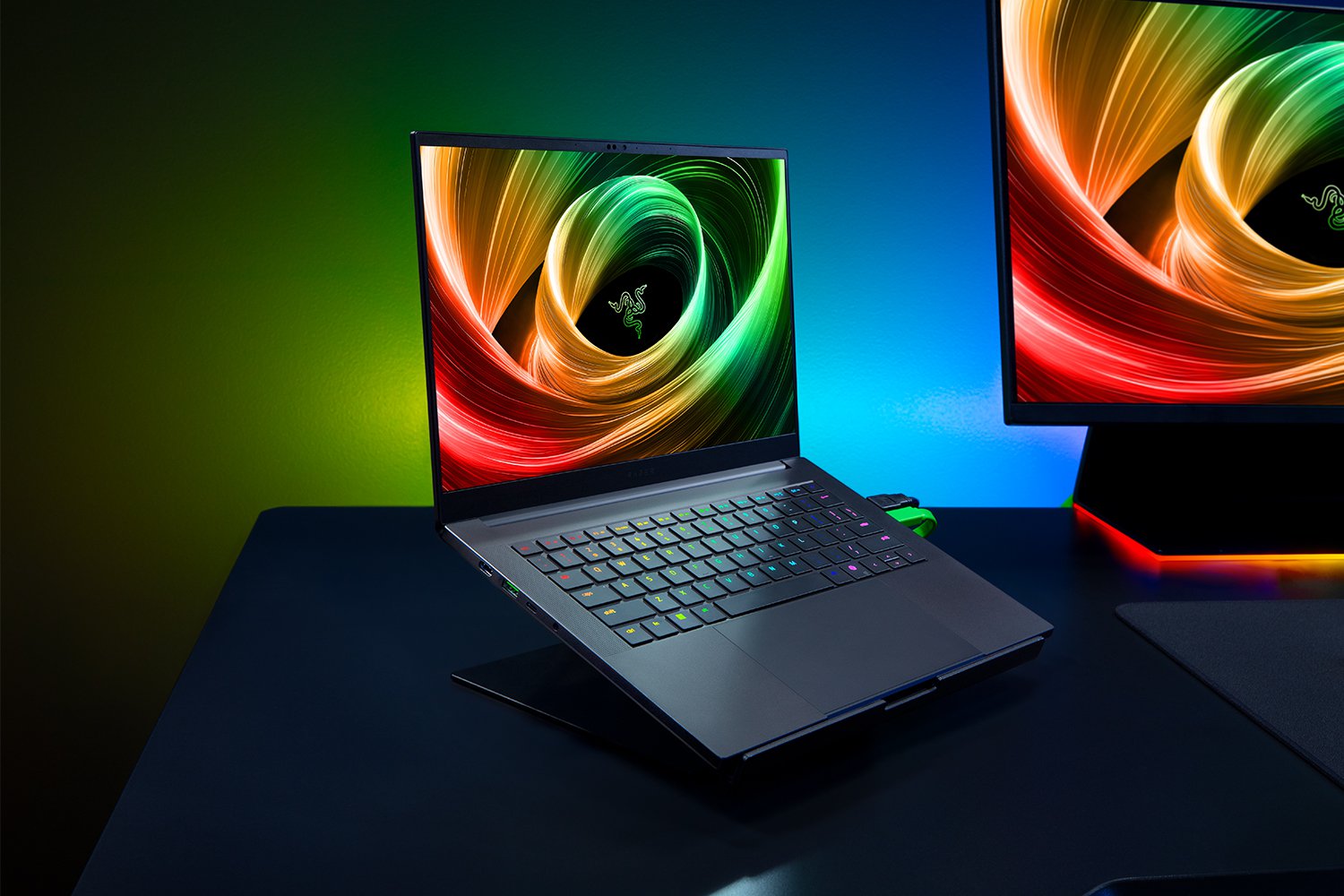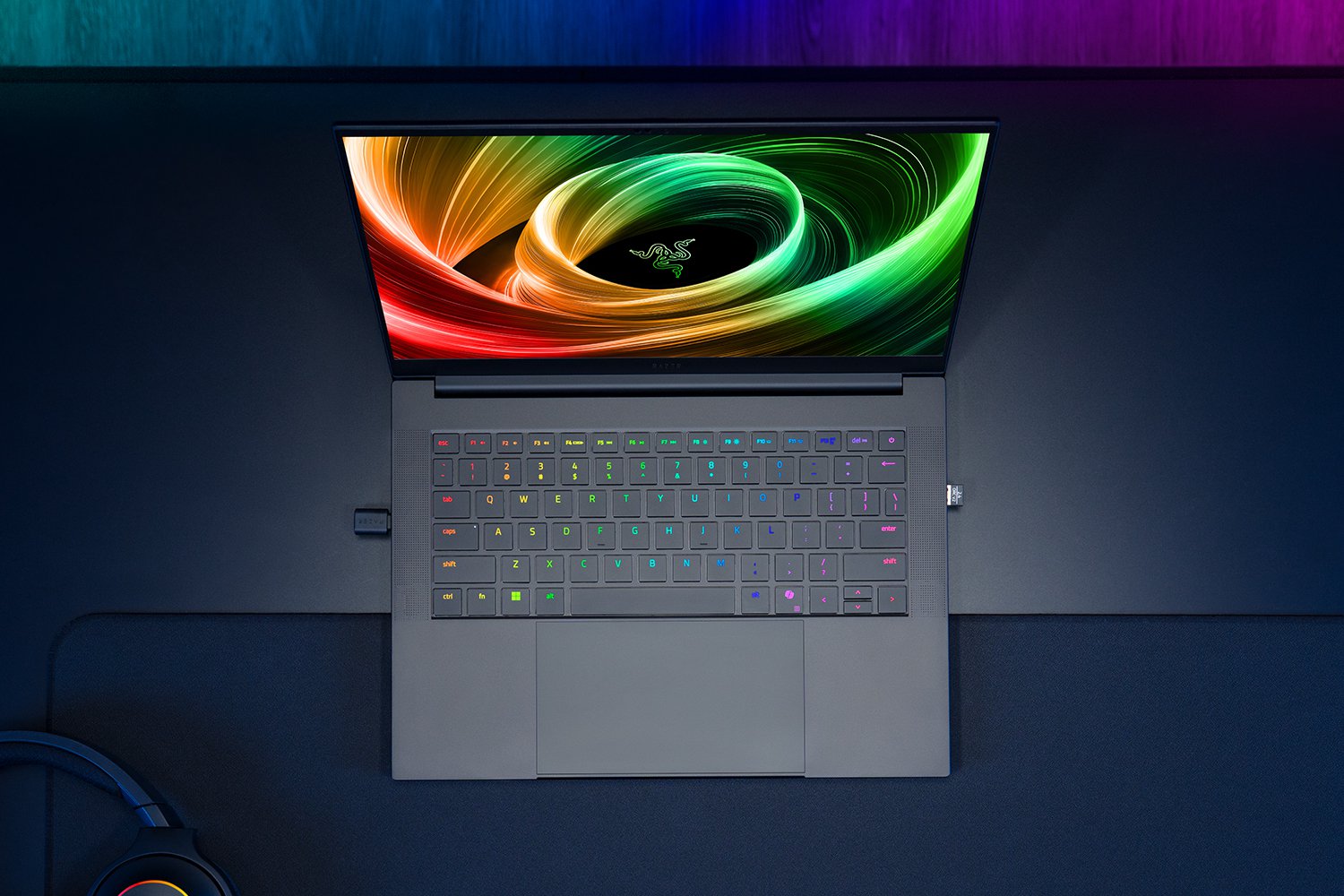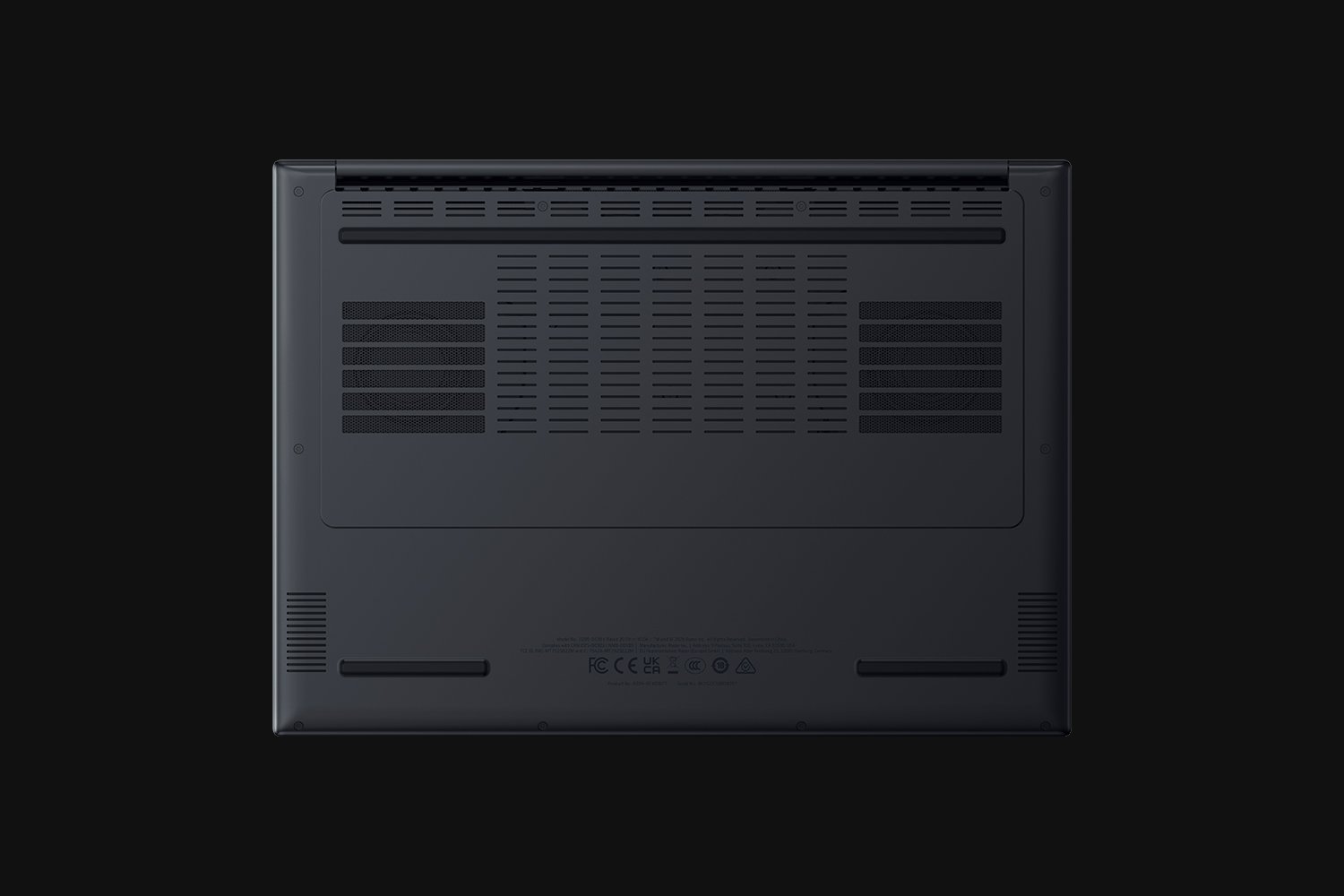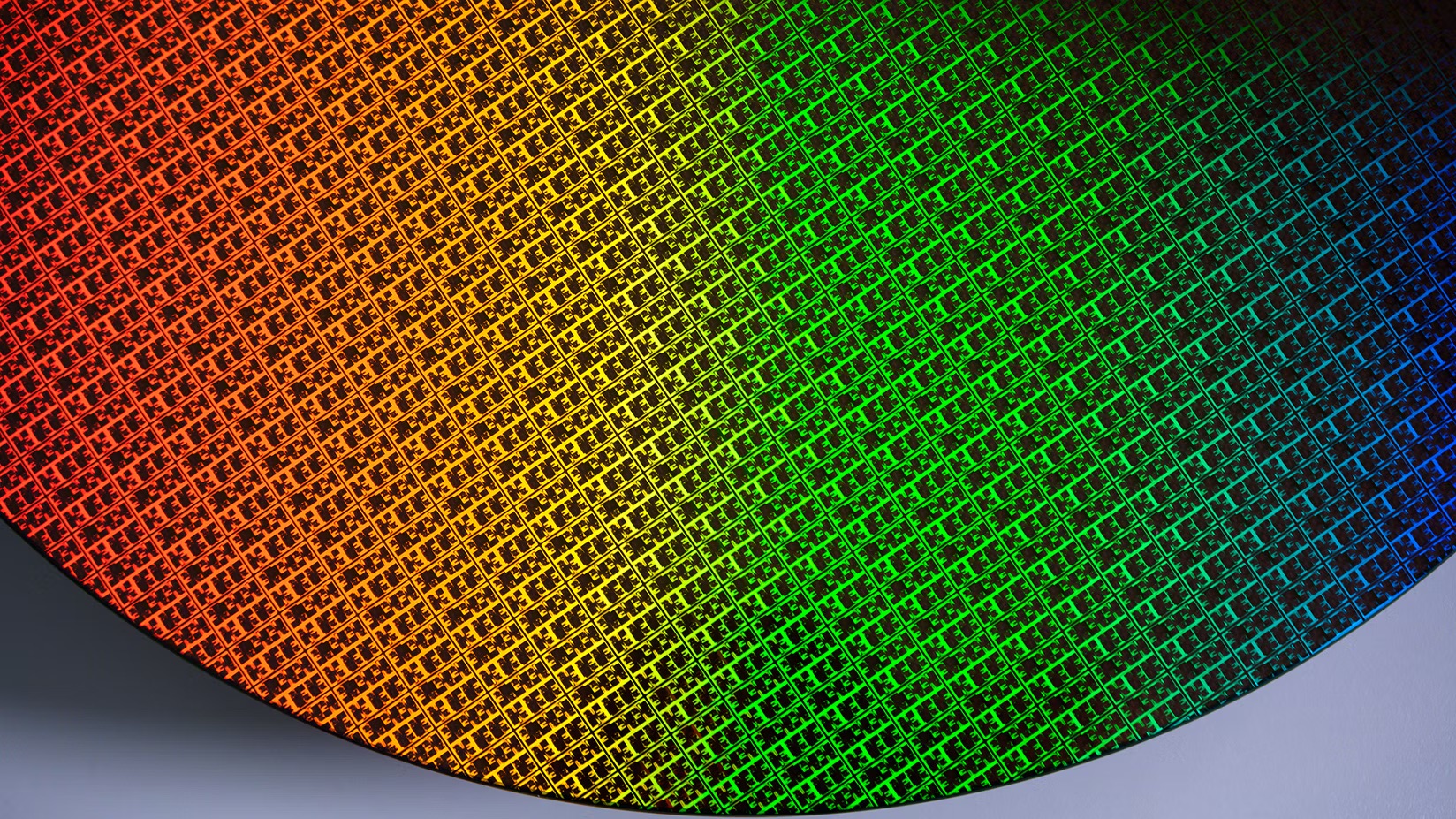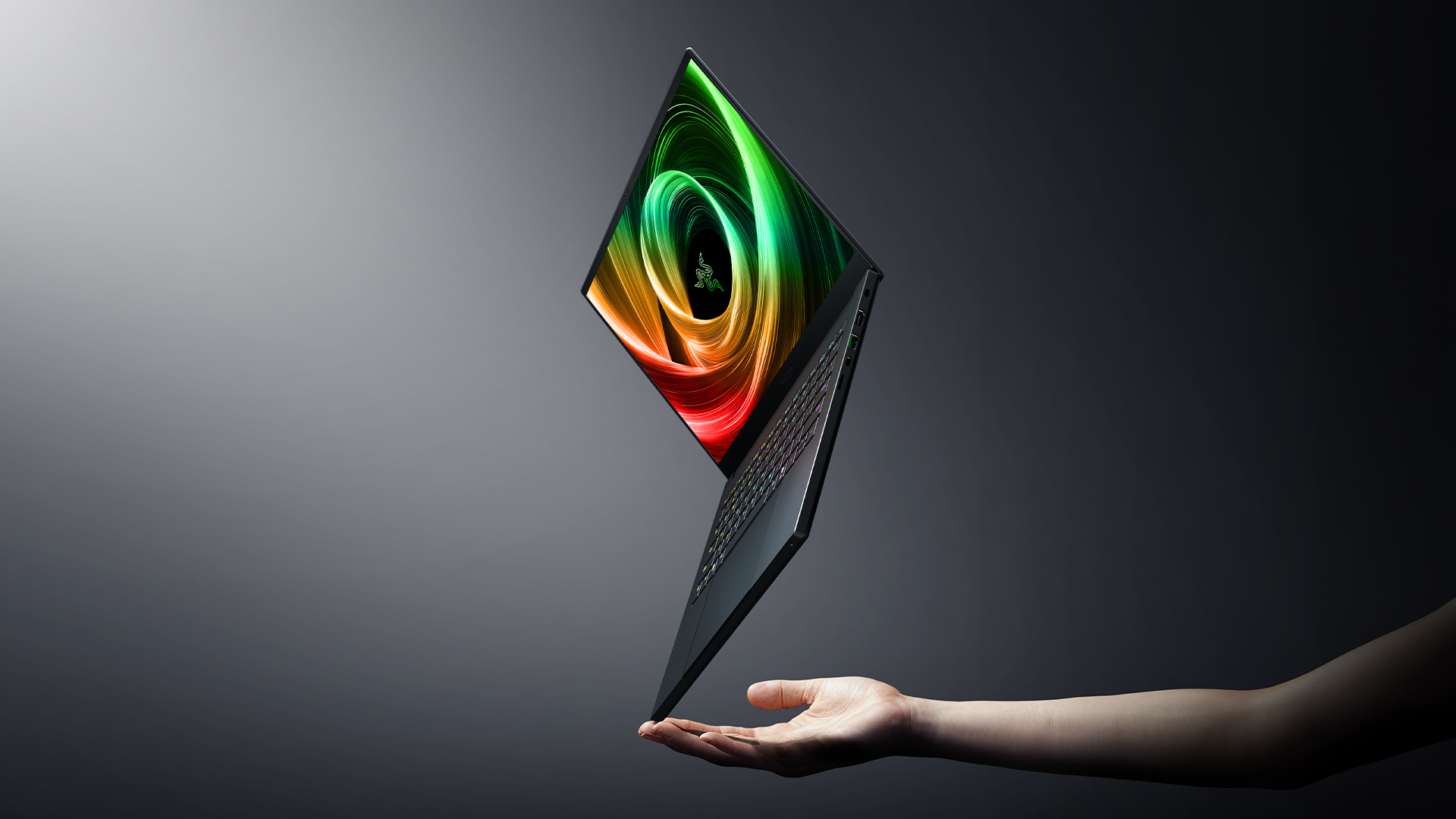
Help! This is the gaming laptop I've been waiting for but my bank balance definitely won't like it.
I’ve lost count of how many gaming laptops I’ve had over the years. But, somehow, I’ve lost the love of late. Nothing’s really grabbed me. Until now, that is. Razer has just outed its new Razer Blade 14 for 2025 just in time for the Computex show and I think it’s thin-and-light gaming lappy I’ve been waiting for. There’s just one catch. Hold that thought.
Like the newly revised Blade 16, the Blade 14’s defining feature is thinness. For 2025, Razer has got the 14 down to 0.62 inches or 15.8 mm thick and 1.63 kg or 3.59 lbs. The design sticks with Razer’s signature minimalist, all-black vibe. Likewise, the unibody milled aluminium engineering remains. And that’s a very good thing.
Like the new Blade 16, the 14 has dual fans and a vapour chamber, but less of a power bump on the lower surface of the chassis than its larger sibling. The new-for-2025 design and engineering has been enough to earn the Blade 16 the accolade of the “best gaming laptop I’ve ever used,” from our very own Dave James. So, suffice to say expectations are high for this latest Blade 14.
Specs wise, Razer has gone with AMD’s Strix Point APU, which is a very fine choice for a compact gaming laptop. Specifically, Razer has chosen the 10-core AMD Ryzen AI 9 365 with a Radeon 880M iGPU that sports 12 compute units.
Yes, there are more powerful versions of Strix Point with up to 12 CPU cores and 16 graphics CUs. But for gaming in a compact chassis, simply throwing more hardware at the problem isn’t always a good idea.
Moreover, the iGPU is largely irrelevant because, as you would expect, the Blade 14 gets dedicated Nvidia graphics, albeit there is a catch. At launch, you have a choice between RTX 5060 and RTX 5070 GPUs, both with 8 GB of VRAM.
The RTX 5070 mobile is a decent GPU, but 8 GB is definitely a little skinny these days. I’d much prefer an RTX 5070 Ti, which gets an upgrade from the GB206 chip in the plain 5070 mobile to the GB205 die and with it a 192-bit memory bus and 12 GB of VRAM.
Razer’s engineering has enabled a 100 W (plus 15 W Dynamic Boost) TGP in this compact 14-inch machine, which is the maximum for the RTX 5070. That suggests the chassis ought to be able to cope with the 5070 Ti, which Nvidia offers in configurations from 60 W to 115 W.
Along with the CPU and GPU you’re getting a 14-inch 2,880 by 1,880 120 Hz OLED display and at minimum 16 GB of RAM and a 1 TB SSD. Note that the RAM is soldered. So, whatever configuration you go for initially, you’re stuck with it.
Catch up with Computex 2025: We’re on the ground at Taiwan’s biggest tech show to see what Nvidia, AMD, Intel, Asus, Gigabyte, MSI and more have to show.
But what of the sordid matter of money? The starting price is $2,299, which is toppy but not totally outrageous. The problem is that’s with the RTX 5060 GPU. Just the upgrade to the RTX 5070 is $400, which is painful.
However, that does at least come with another 16 GB of RAM, for a grand total of 32 GB. But you’re still looking at a $2,700 RTX 5070 laptop.
Of course, if Razer does release an RTX 5070 Ti variant, it’ll be more expensive still, likely $3k-plus. But then really nice things tend to cost extra. Part of me hopes the RTX 5070 Ti version never materialises. If it does, it’ll be a genuine threat to my bank balance. This is a very attractive gaming lappy after all.
Anyway, we hope to have a review of the Blade 14 very soon. So watch this space.
